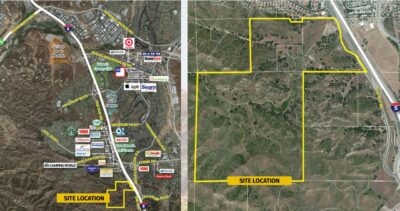Why does innovation that created businesses, products, and industries occur on the frontier where there is little or no regulation? Consider the major industries created in American history, such as trapping, logging, mining, railroads, steel, petroleum, autos, food, aviation, telephones, chemicals, pharmaceuticals, computers, internet and now artificial intelligence. When they began there was little or no regulation to constrain that new activity.
Because there was a need or an opportunity, far-thinking risk takers moved into the void and made something that did not exist before and therefore was unregulated. This lack of regulation created a wide-open path to take risks, innovate and do something different with little if any restraint.
As these industries developed, regulations came along, and growth slowed. It seems the regulations and constraints may have led the innovators to move on to more fertile ground to again create new possibilities in the non-regulated wide-open spaces. Therefore, the question arises, does the regulation stifle growth or drive innovators to create opportunities in a new and more fertile ground where it is easier to work?
Unfortunately, both mechanisms are at work simultaneously. It seems that regulations constrain current activities yet drive innovators to new fields. So, it seems that regulations are a two-edged sword helping and hindering progress at the same time. This is not a validation of regulations, and not all regulations are prudent. However, there may be a collateral benefit to regulations that we had not seriously considered and may want to give this some thought.
G A Ben Binninger
Valencia











